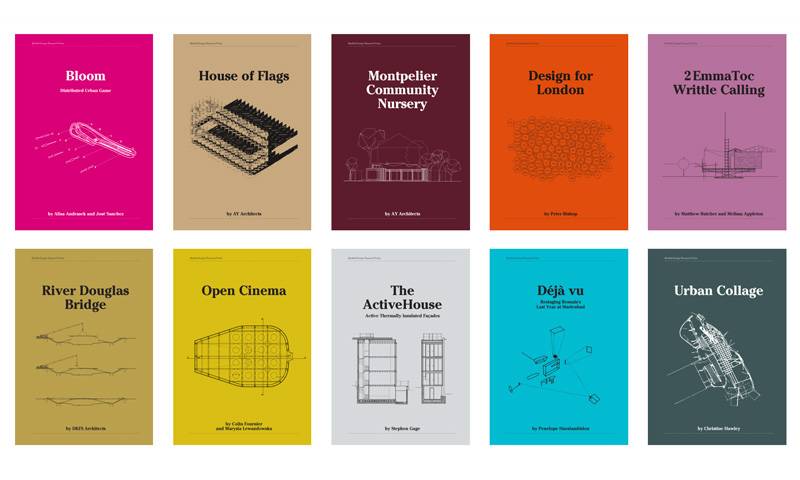This 15-month study aims to control infection in healthcare settings through better design, tackling pathogen transmission by exploiting the powerful role hospital design can play in behaviour change.

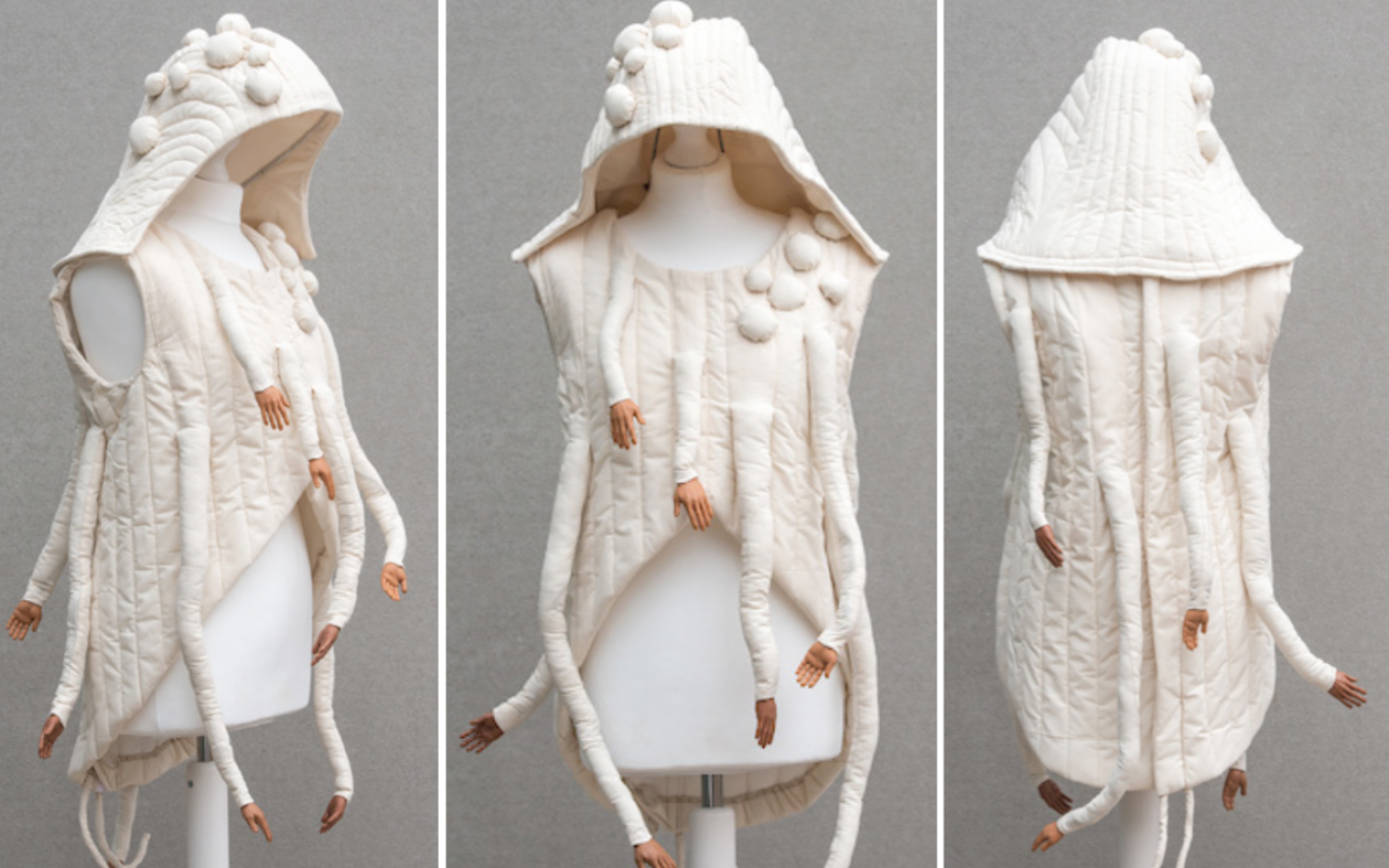
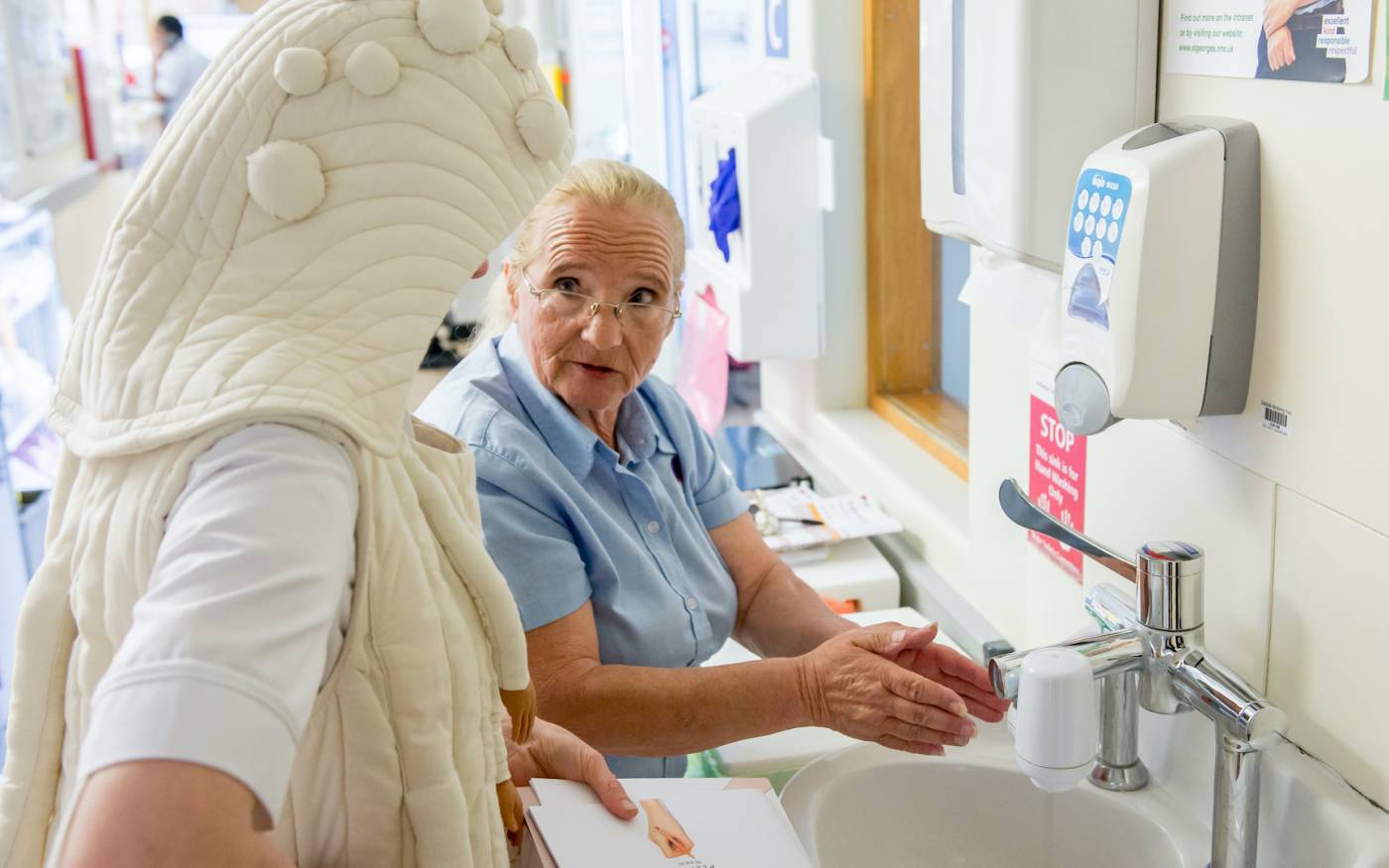
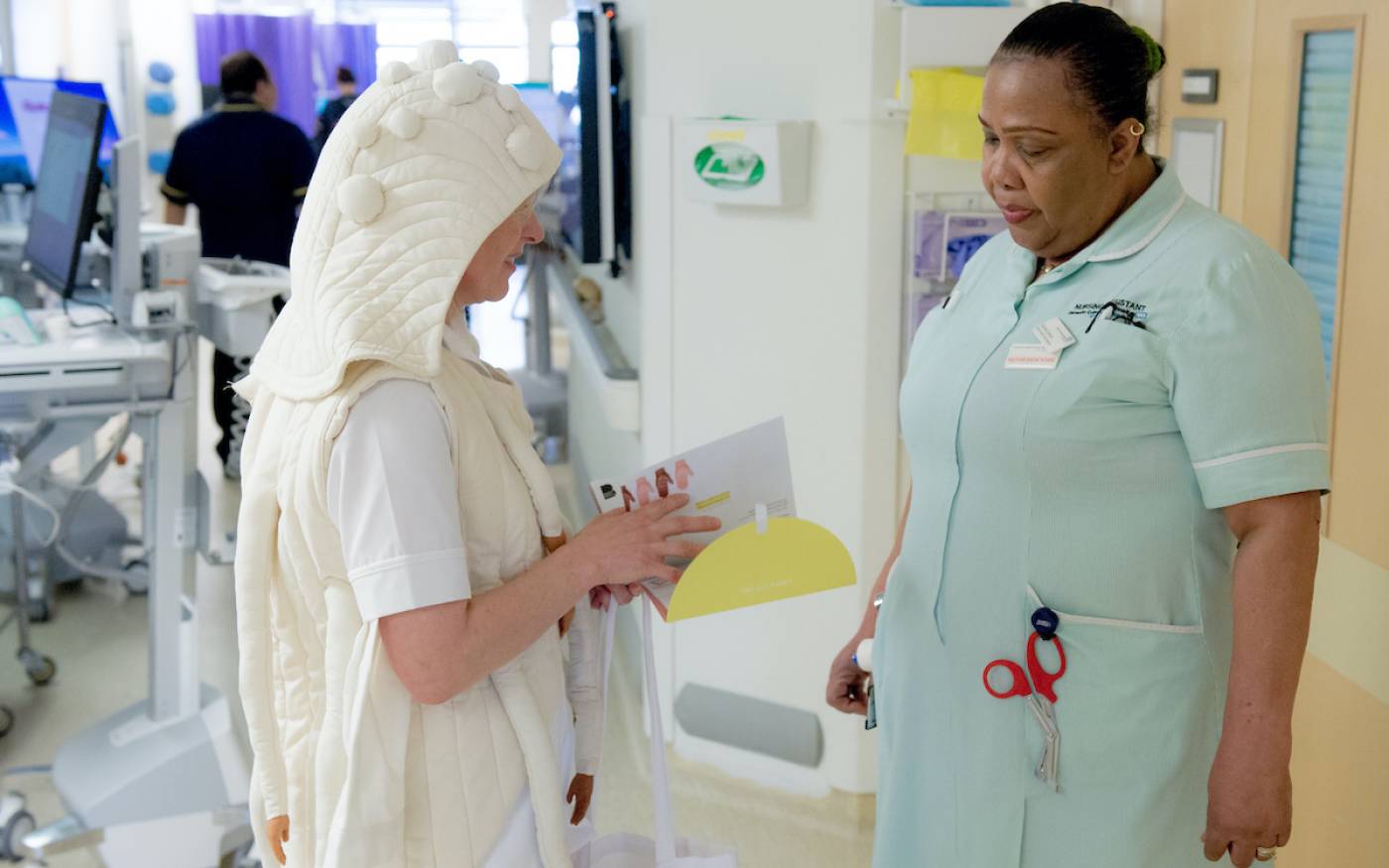
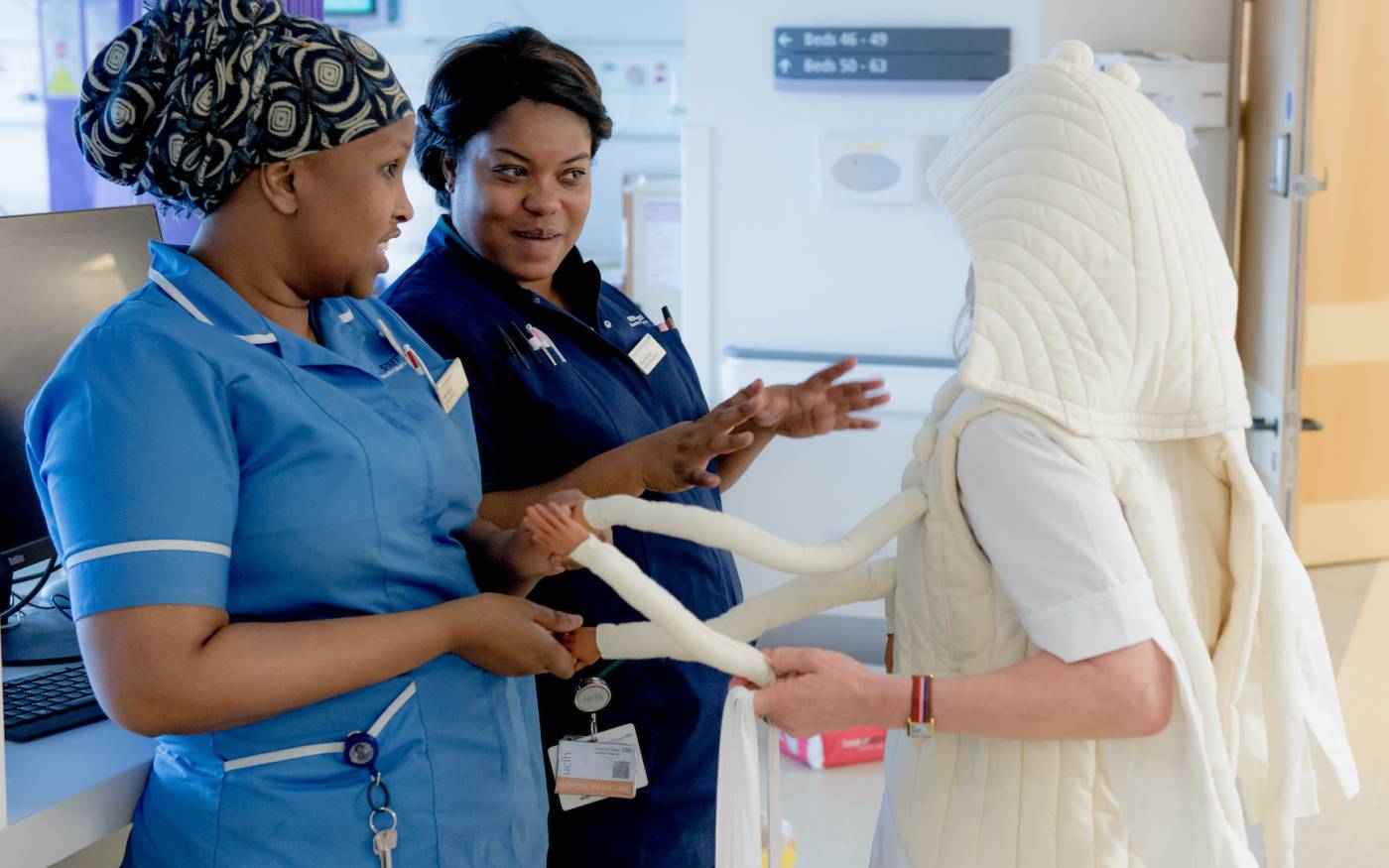
Overview
This project aims to control infection in healthcare settings through better design. Traditional approaches to reduce infection, such as educating toward hand hygiene compliance, have shown limited benefit. The 15-month study, funded by the Arts and Humanities Research Council, tackled the issues of pathogen transmission by exploiting the powerful role the design of hospitals can play in behaviour change.
Through a detailed, architecturally informed analysis, the project investigates the complex invisible network of relationships between microbes, humans and architecture, space and behaviour, and the interdependence between the various professional roles on the hospital ward.
Storytelling, narrative and creative visualisation of space syntax data were used to make hidden movement paths of microbial life and embedded behaviours visible. In this context, design was used as both a careful and playful tool for communication and to raise awareness.
In particular, this project explored the following questions:
- Do potential behaviour differences differ by agent category such as doctors, nurses, medical students, porters, cleaners or visitors?
- How can modifications in the architectural design of a ward or the hospital affect contact patterns and minimise transmission risks?
- How can spatial practices be re-organised to potentially have an impact on contact patterns, paths or hygiene compliance?
- How can alternative warning signs and communications be designed to change behaviours?
- What is the potential impact of interventions? Are they feasible given the trade-off of functionalities that need to be maintained? Are there other implications?
Two hospitals were directly involved in the project as sites of fieldwork and immediate beneficiaries. University College London Hospital (UCLH) and St George’s gained direct insights into the way their wards work and how agent paths form through the wider hospital system. Research demonstrated the likely exposure and risk of pathogen transmission in their specific cases emanating from the configuration of their space and its use. Through the direct and active involvement of Public Health England (PHE) as a collaborative partner and external consultant (advising on research design, supporting the project and leading on risk modelling), the project contributed relevant findings into decision making processes and policies.
In 2017, the aim of the project was to raise the profile of the role of architectural design in the prevention of the estimated 700,000 annual deaths due to resistant strains of bacteria and other microbes, and to make the public aware of its impact. The crucial importance of the contributions it has made to understanding the complexity of the ‘whole system’ view of a hospital’s people and movement paths have since become increasingly evident.
- People
Dr Kerstin Sailer
Julia Backhaus
Dr Alan Outten- External partners
Funded by The Arts and Humanities Research Council (grant AH/R001863/1)
Collaborators:
Public Health England (Dr Julie Robotham and Dr Timo Smieszek)
UCLH Infection Control and Prevention (Dr Vanya Gant and Annette Jeanes)
Observations and co-creation workshops took place at UCLH and St. George’s NHS Foundation Trusts- Image credits
Images: Richard Stonehouse, Alan Outten and TBC
 Close
Close


